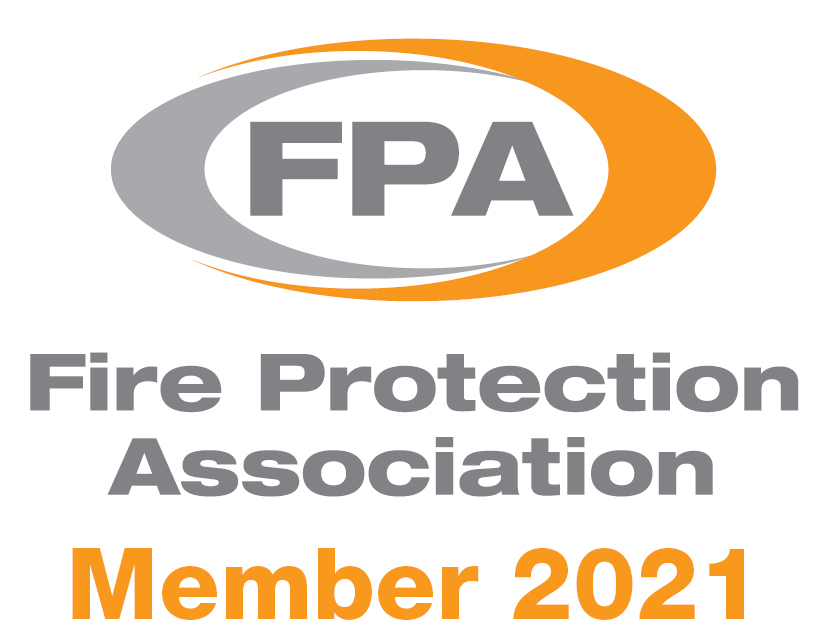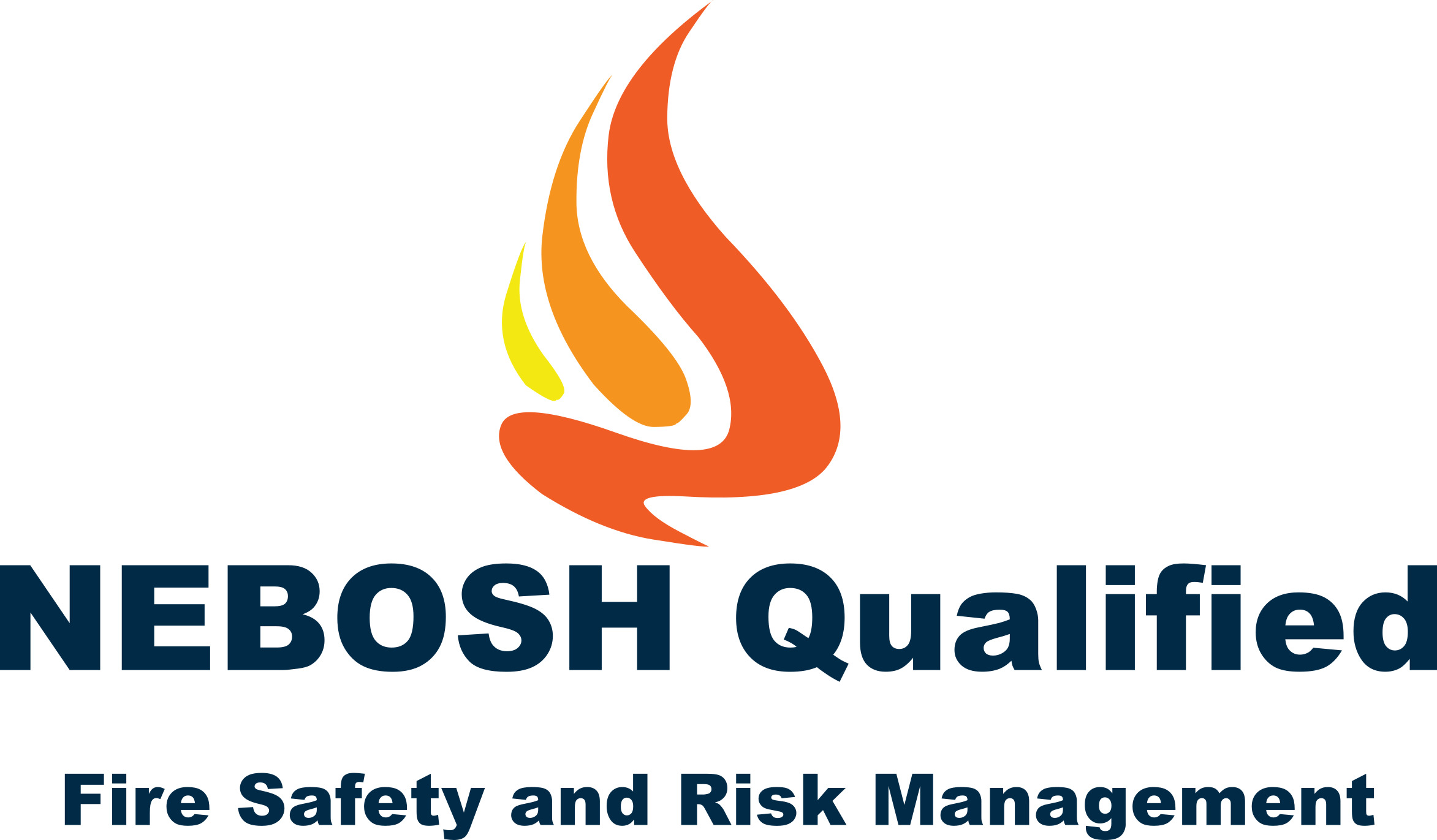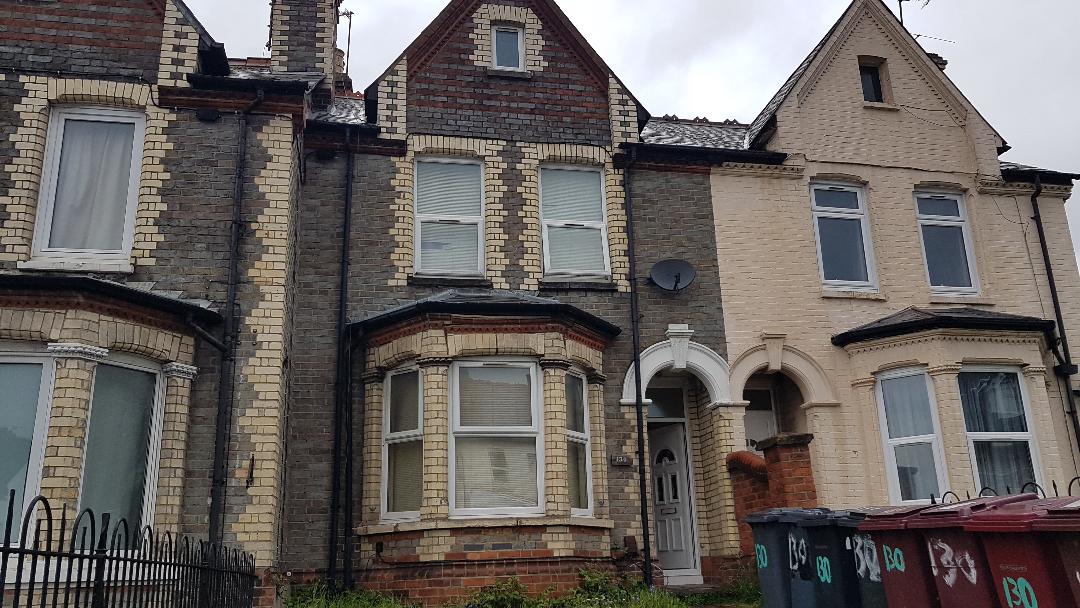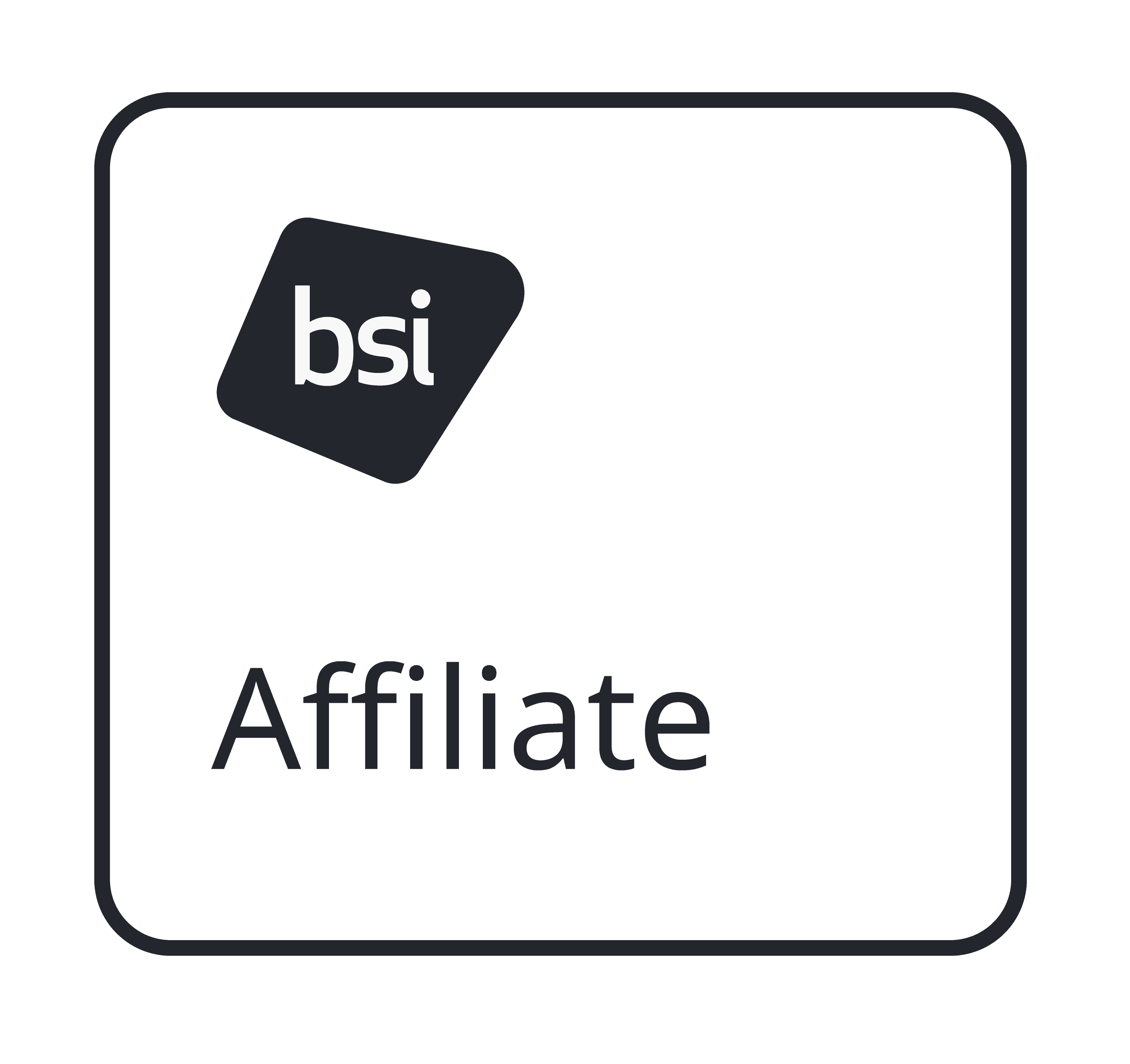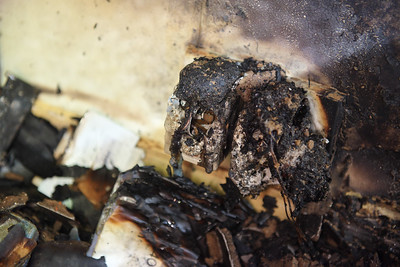
Ensure Compliance with the Fire Regulations
Online Quotation
Located Solihull, Birmingham Area.
Main areas covered include - Coventry, Stoke, Nottingham, Leicester, Stafford, Shrewsbury, Telford, Milton Keynes, Oxford, Luton, Uxbridge, Hemel Hempstead, Banbury. Gloucester, Wolverhampton, Worcester, Northampton, Derby, Hereford
See Genuine Valid Google Customer Reviews Below
Fire Safety Equipment
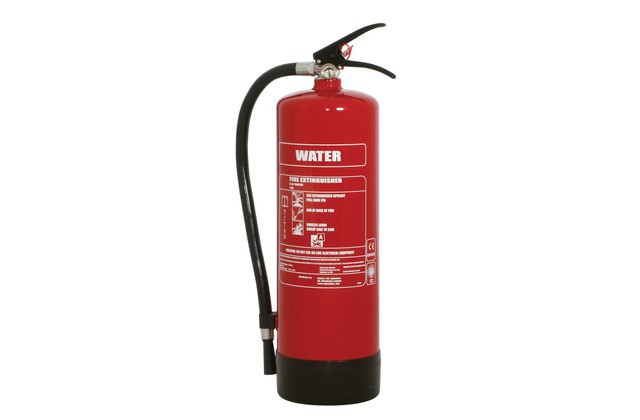
Provision of adequate fire safety equipment is essential within the workplace. It is also your responsibility to check that all fire safety equipment equipment is in the correct position and in satisfactory order before the premises are used.
Equipment includes fire extinguishers, fire blankets, sprinkler systems, and other fixed installations including water mist, gaseous, deluge and fixed powder systems. Appropriate staff should be trained in the use of all such equipment.
Class of Fires
Fires are classed according to what is burning.Fire extinguishers provided should be appropriate to the classes of fire found in your premises.
Class A Fires - solid materials such as wood, paper or textiles.
Class B Fires - flammable liquids such as petrol, diesel or oils.
Class C Fires - gases.
Class D Fires - metals.
Class F Fires - cooking oils such as in deep-fat fryers.
If there is a possibility of a fire in your premises involving metals or gases you should seek advice from a competent person/engineer. Installation and maintenance should conform to BS 5306-3:2017.
It is not safe to fight fires involving aerosols with fire extinguishers.
Portable Fire Safety Equipment - Fire Extinguishers
Water extinguishers (red)
This type of extinguisher can only be used on Class A fires. They allow the user to direct water onto a fire from a considerable distance. A 9-litre water extinguisher can be quite heavy and some water extinguishers with additives can achieve the same rating, although they are smaller and therefore considerably lighter. This type of fire safety equipment is not suitable for use on live electrical equipment.
Water extinguishers with additives (red)
This type of extinguisher is suitable for Class A fires. They can also be suitable for use on Class B fires and where appropriate, this will be indicated on the extinguisher. They are generally more efficient than conventional water extinguishers.
The water additive fire extinguisher has an environmentally friendly additive within the water which significantly increases the effectiveness of the fire safety equipment by reducing the surface tension of the water.
This means that compared to a standard water fire extinguisher, a water additive appliance can be lighter and smaller and yet still be more effective than the ordinary water extinguisher.
Water Mist Extinguishers (red)
Water mist extinguishers discharge de-ionised water in a extremely fine spray to form a mist jet. They have a broader fire-fighting capability than powder, foam or wet chemical extinguishers. These extinguishers are suitable for almost all common fires including class A, B, C, F type fires as well as fires involving live electrical equipment of up to 1000V.
The water mist technology used by this fire safety equipment allows them to produce over 22 billion water droplets from only 1 litre of water. The droplets are as small as 25 microns in diameter and create an ultra-fine mist which has superior fire-fighting capabilities. Water mist extinguishers are 100% recyclable and do not contain any chemicals. Using only de-ionised water, it is safe to discharge the extinguishers on a fire or when testing and servicing the units.
Foam extinguishers (cream)
This type of extinguisher can be used on Class A or B fires and is particularly suited to extinguishing liquid fires such as petrol and diesel. They should not be used on free flowing liquid fires unless the operator has been specially trained, as these have the potential to rapidly spread the fire to adjacent material. Foam fire extinguishers create a cooling blanket effect, smothering burning materials and preventing re ignition.
This type of extinguisher is not suitable for deep-fat fryers or chip pans.
Powder extinguishers (blue)
This type of extinguisher can be used on Class A, B & C type fires and achieve a good ‘knock down’ of the fire. They can be used on fires involving electrical equipment but will almost certainly render that equipment useless.
Because they do not cool the fire appreciably it can re-ignite. Powder extinguishers can create a loss of visibility and may affect people who have breathing problems, and are not generally suitable for enclosed spaces. They suitable for use outdoors or in high risk areas such as car parks, plant rooms & fuel stores.
Carbon dioxide extinguishers (black)
This type of extinguisher is particularly suitable for fires involving electrical equipment as they will extinguish a fire without causing any further damage (accept in the case of some electronic equipment e.g. computers). As with all fires involving electrical equipment, the power should be disconnected if possible. CO2 extinguishers can be used on Class B and Electrical Fires, and is highly effective against liquid flammables such as solvents, propane, butane & petrol.
Class ‘F’ Wet Chem extinguishers
This type of extinguisher is particularly suitable for commercial catering establishments with deep-fat fryers.
The number and type of fire extinguishers you require depends on the nature of your business and the risks involved. The best way to evaluate these risks is to undertake a Fire Risk Assessment, which is also part of your legal obligation as a business owner. Click this link to read more about the Regulatory Reform (Fire Safety) Order 2005 or how to undertake a cost effective Fire Risk Assessment.
The how many is not always easy to gauge but, as a general rule, you will need one water-based extinguisher such as water, water additive (the best option for most) or foam (3 litre or bigger) for every 2000 square foot or 200 square metres of floor space. This is per floor.
The extinguisher must have a minimum fire rating of 13A and this will be near the top of the front label on any approved extinguisher - so 21A or 34A is even better than 13A.
Fire Extinguisher Online Training Course
This recommended online Fire Extinguisher Training course teaches you about the various types of fire extinguishers and the techniques for using them. It explains how to assess the situation if a fire starts, such as determining the class of fire and deciding whether you should or shouldn’t fight it.
It also contains infographics and videos to illustrate how different extinguishers/fire safety equipment look and operate, as well as practical exercises throughout to test your knowledge of techniques. On completion of the course, you will feel confident to use extinguishers or a fire blanket safely and effectively during an emergency.
*Developed by Health & Safety Professionals
*Accredited by CPD and Approved by RoSPA
*Fully online course and assessment with no time limits
*Full audio voiceover
*Approximate duration: 2 hours
*On completion, certificate is posted the next working day
